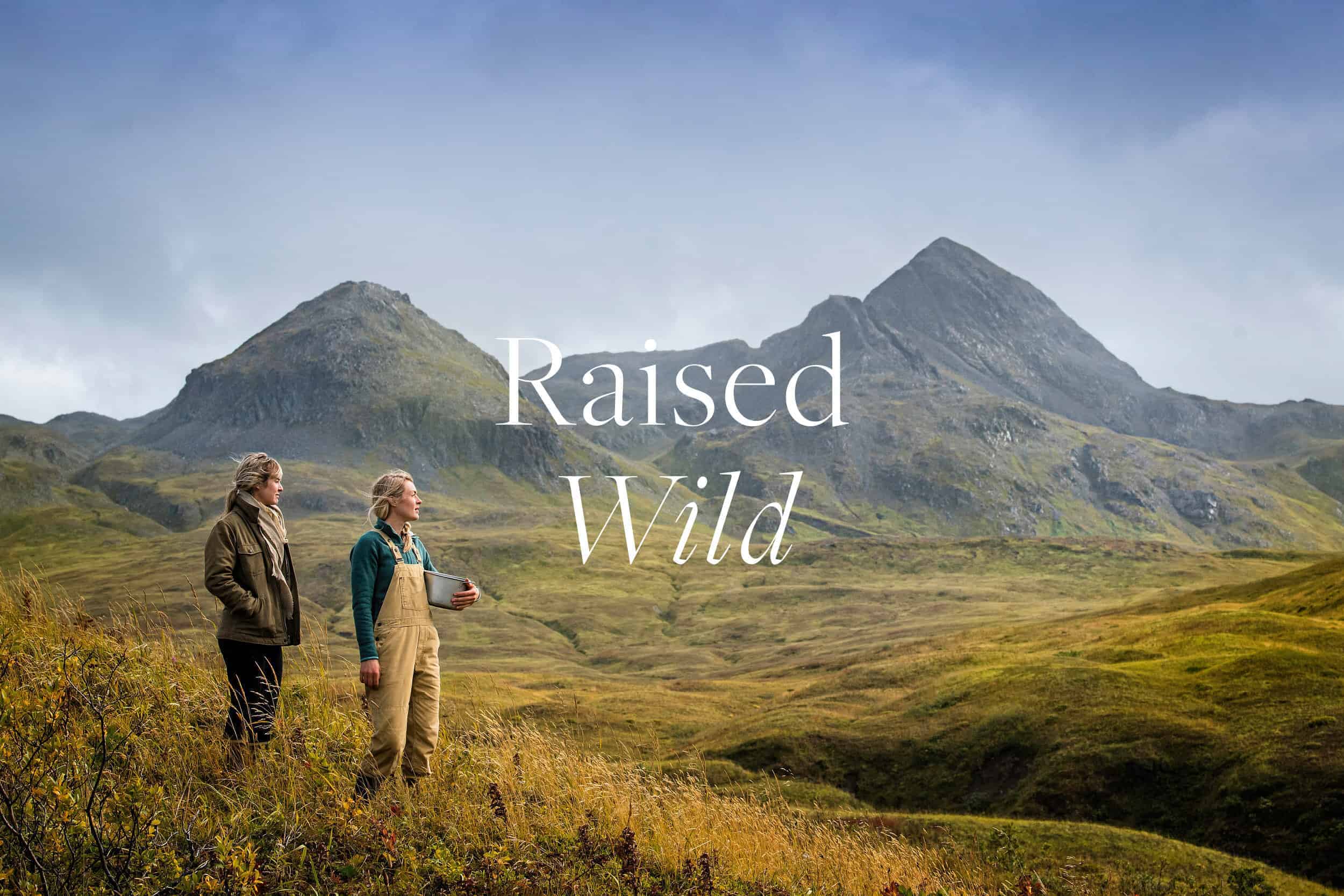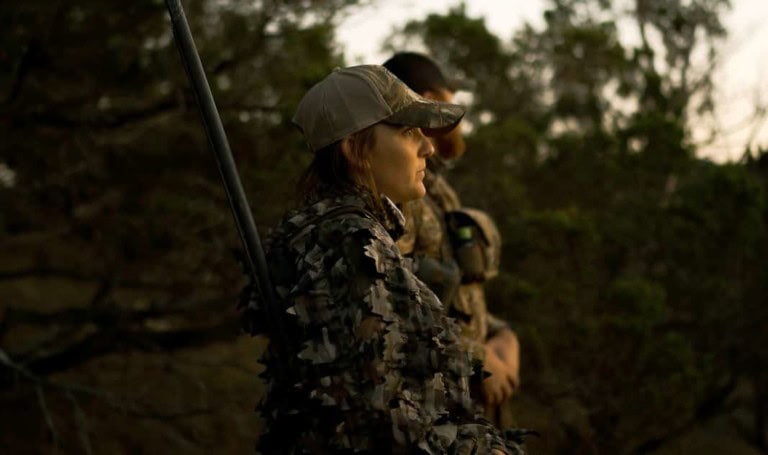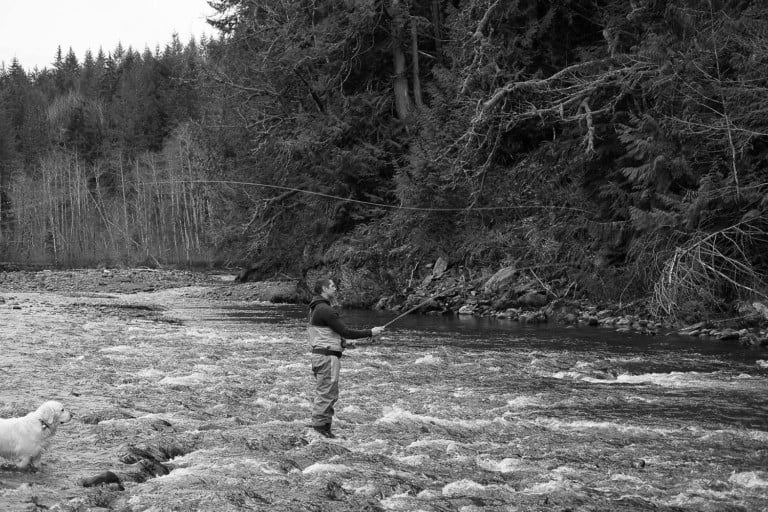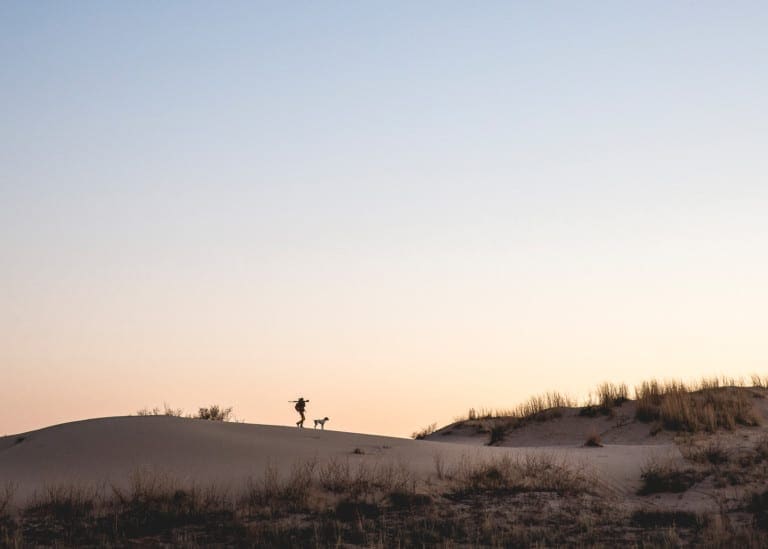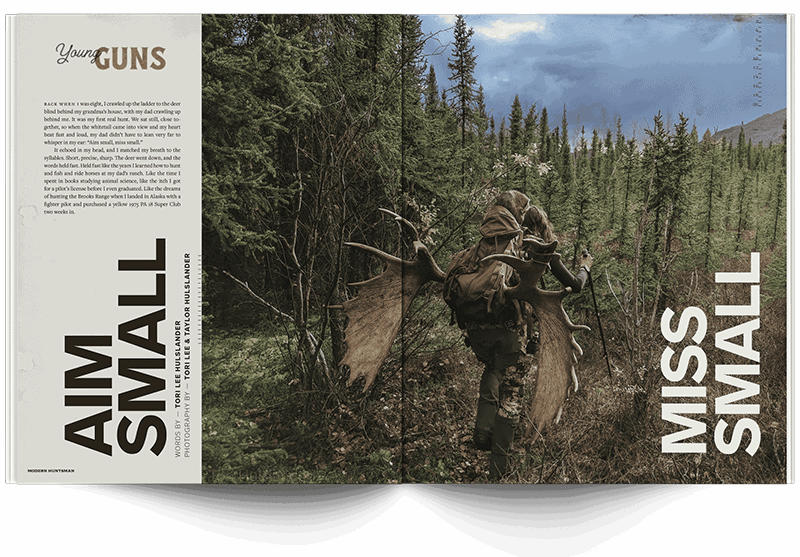ALEUTIAN ARCHIPELAGO | ALASKA
Spanning the North Pacific in a 1,200-mile arc of windswept islands, smoking volcanoes, rocky shores and treacherous seas, the Aleutian Archipelago is one of the most dramatic landscapes on earth. For at least 10,000 years, the Aleut — Unangan in their own language — have been the masters of this landscape. Our family made it home, too.
The remote communities of the Aleutians are only accessible by fishing boat or bush plane. The M/V Tustumena, Alaska’s weathered state ferry, makes the long journey west out of the “Chain” once a month in summer months and less frequently in winter. Known to villagers as the “Trusty Tusty,” the beloved ship brings villagers groceries, tools, pets, cars, four-wheelers, kids, visiting doctors, school teachers, Christmas trees, fishing and hunting gear, cans of paint, and building materials from the city.
FINDING STONEWALL
Our dad first ventured west on a fishing boat in 1988, and spent his first summer salmon fishing around Unimak Island while our mom worked at an inn in Glacier Bay. They had met in Seattle and come to Alaska to start a life together. At the end of his first fishing season, he heard about a man named Chuck in False Pass who was looking to sell his alternative energy homestead.
The place was a 20-minute sea journey across the narrow tidal pass from the small village, so Dad caught a ride on a passing boat to find him. He spent a week at Stonewall Place, and in that time, Chuck taught him how the water wheel operated from falling water piped down from the green hills. He taught him how to check and clear the screens of the dams at the water source, and how living this remotely required a bulk food system with
